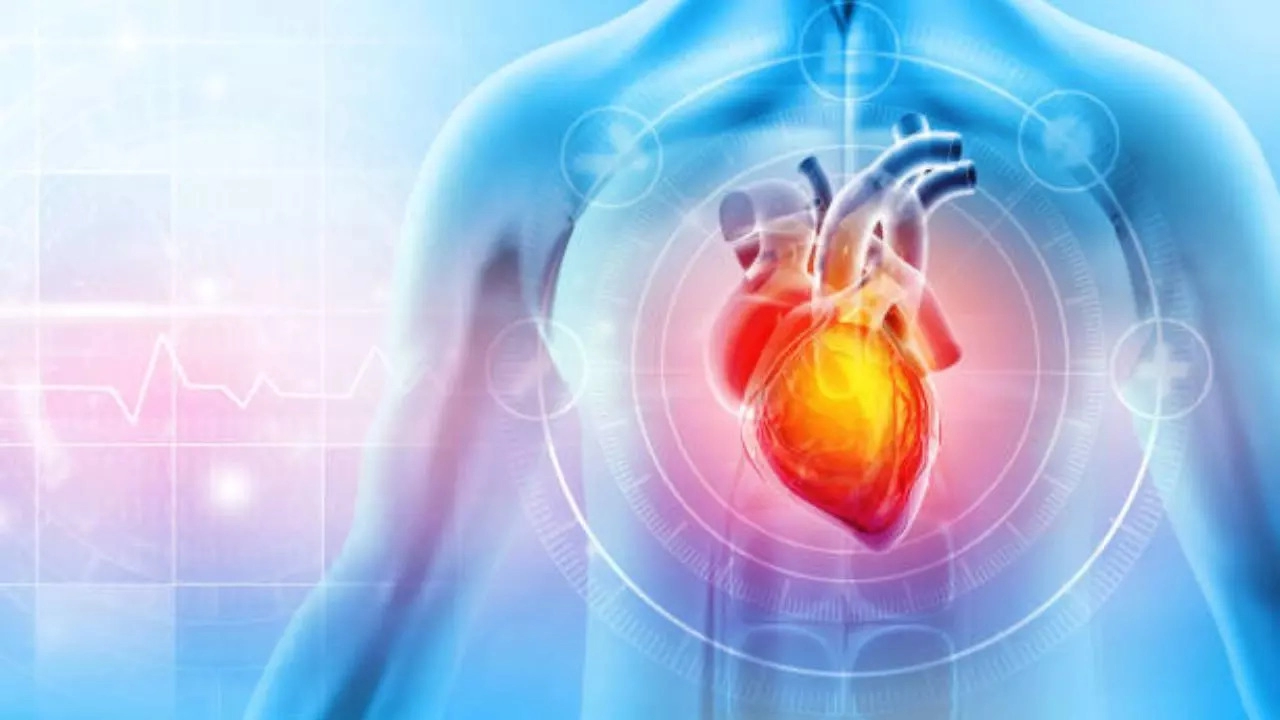
Angina happens when your heart stops receiving enough oxygen-rich blood resulting in faster heartbeats, causing you noticeable pain
Periodically repeated angina pain – often described as squeezing, pressure, heaviness, and tightness in the chest in people with a certain type of heart disease can be extremely difficult to treat, but a new hourglass-shaped stent could be a real advance, researchers report.
Researchers from the Mayo Clinic in Rochester said those suffering from microvascular disease – which affects tiny vessels that deliver blood to heart tissue, damaging them, improved significantly once they got the new stent. That is a big turnaround, since, "the patients with heart-related microvascular dysfunction in this study had little ability to control their chronic angina, which severely limited their day-to-day activities," said Dr. Amir Lerman, a Mayo cardiologist and study senior author.
What is angina pain?
Also known as a warning of a heart attack, angina is a symptom of heart disease. It happens when your heart stops receiving enough oxygen-rich blood. As a result, your heart may beat faster and harder to gain more blood, causing you noticeable pain.
Statistics say around 10 million people in the US experience angina. So, if you have this symptom, you are not alone. And so, according to doctors, it is important to learn more about angina, what causes it, and how to manage it in your daily life.
The new stent brought significant changes in the health of patients
According to the study, published in the Journal of the American College of Cardiology: Cardiovascular Interventions, recurrent chest pain is a hallmark of microvascular disease. Major arteries may not be blocked but much smaller blood vessels are, and as the heart's blood supply is diminished, angina episodes occur. Up to two-thirds of people who get a diagnostic coronary angiogram for chest pain do show signs of microvascular disease, the Mayo team said.
Usually, there is not a lot that doctors can give patients in this scenario, apart from prescribing certain medications or asking them to change to a healthier lifestyle. Stents are, of course, used in other scenarios to open large arteries. However, the new stent, with its unique pinched-in-the-middle hourglass design, does seem to help restore blood flow to the tiny blood vessels.
In a clinical trial that involved 30 patients with microvascular disease and angina, more than three-quarters saw significant improvements in their daily lives after receiving the stent.
The team explained that it could mean that a person who could not walk around the block or up a flight of stairs without experiencing chest pain before the stent was now able to perform those simple tasks easily, with no discomfort. "Beyond reductions in chest pain and being able to comfortably handle more physical activity, the majority of patients in the study also showed a connection between the changes in their coronary flow reserve, which is a measure of maximum blood flow, and changes in their quality-of-life responses on the survey," Lerman said in a Mayo news release.
"This points to the link between the physiological measurement and angina symptoms."
How does the stent work?
According to the scientists, the stent's unique design helps increase back pressure on the heart's smaller vessels to better redistribute blood flow.
The study also found that the stent is not foolproof, and 20-30 per cent patients got no relief from the device.
Get Latest News Live on Times Now along with Breaking News and Top Headlines from Health and around the world.